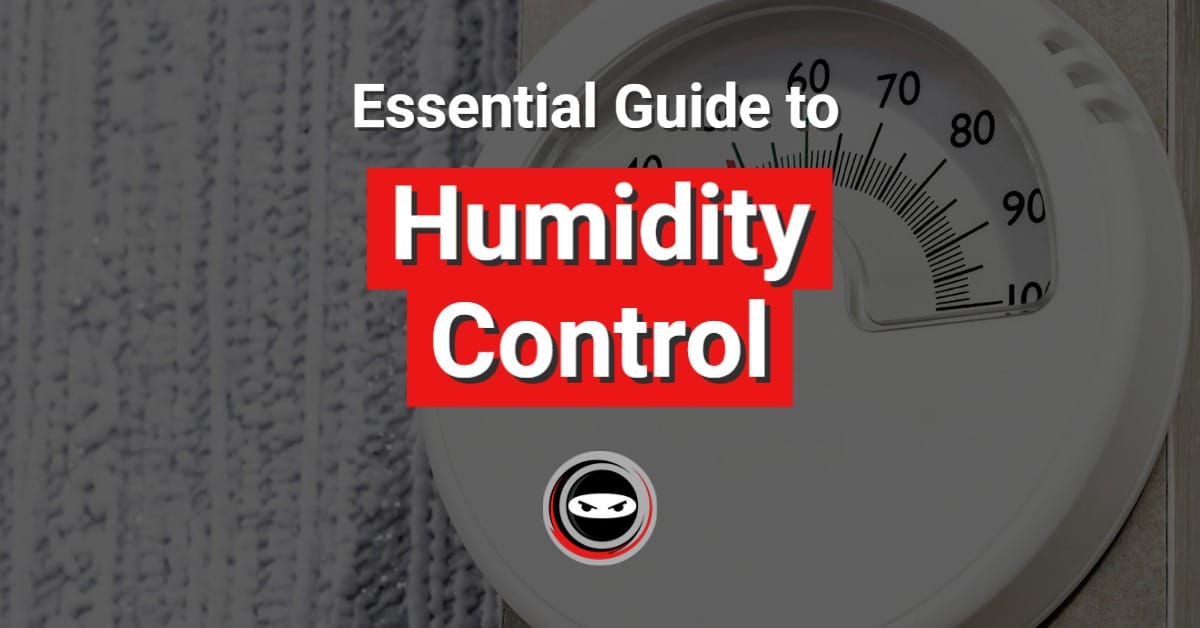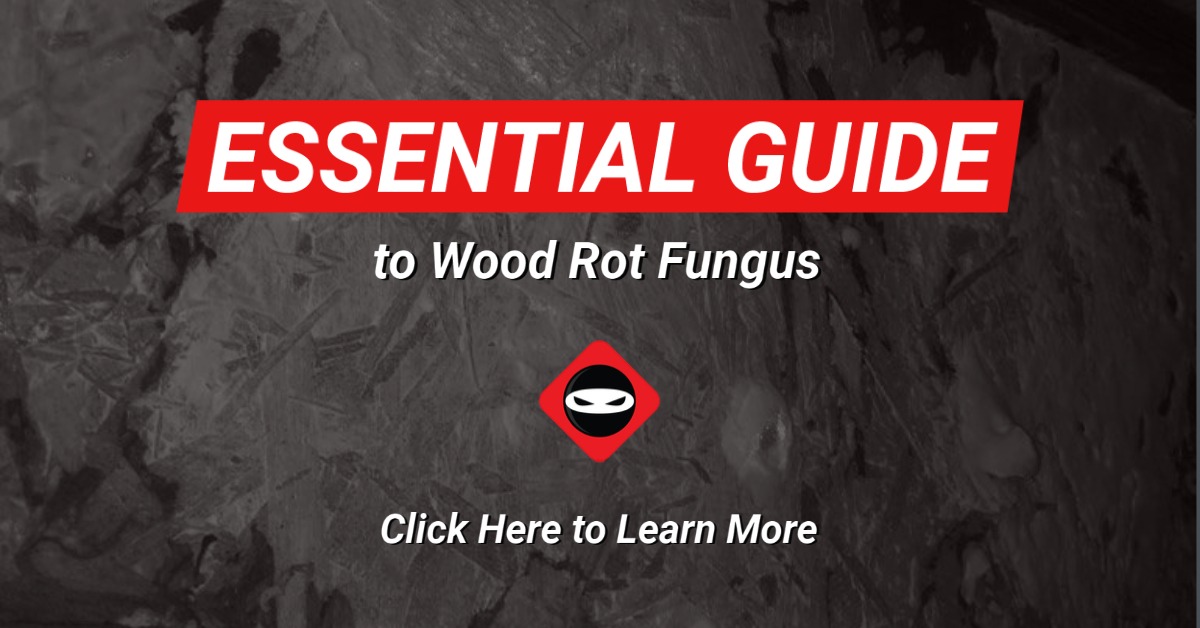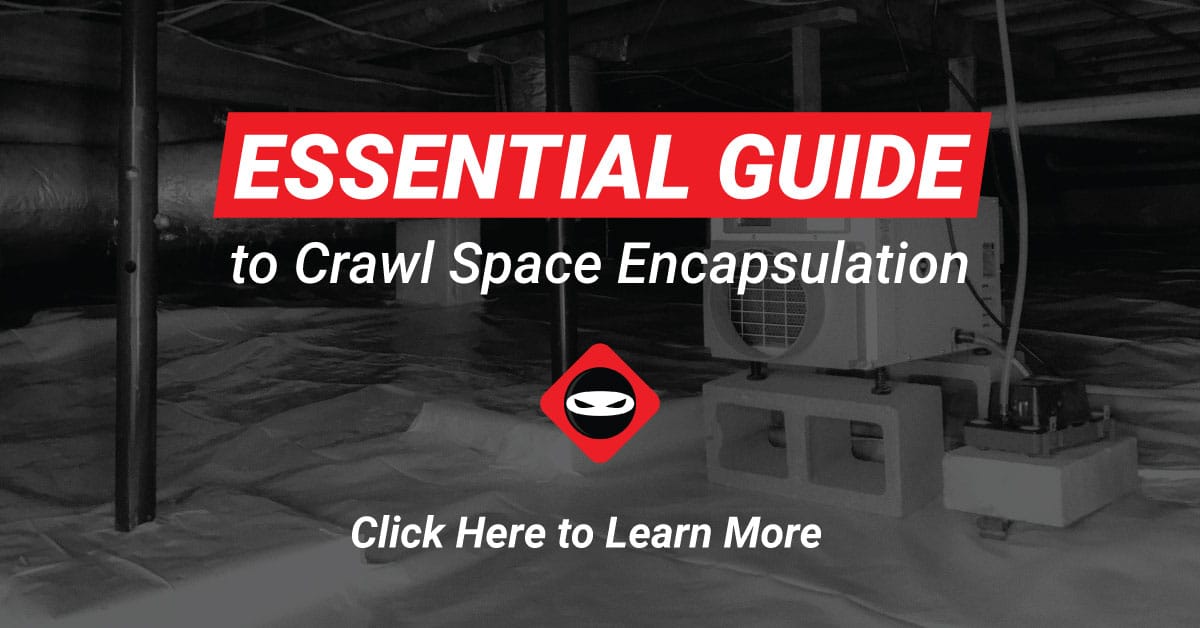So why should you air seal the cold air return? Simply because it is an investment in your indoor air quality that should also put money back in your pocket. The Department of Energy says:
“Sealing your ducts to prevent leaks is even more important if the ducts are located in an unconditioned area such as an attic or crawl space. If the supply ducts are leaking, heated or cooled air can be forced out of unsealed joints and lost. In addition, unconditioned air can be drawn into return ducts through unsealed joints.”

Save Money by Air Sealing HVAC Return
When you air seal the HVAC cold air return, it will save you money. Air duct cleaning can cost hundreds of dollars and sometimes more depending on how many HVAC systems and duct runs you have in your home.
Investing in Clean Air: The Benefits of Duct Cleaning
Air duct cleaning is a great way to remove debris, dust, dander and mold from your duct system. If you are going to invest in air duct cleaning why not invest in air duct sealing? Sealing the air ducts and the return air grille will save you money on heating and cooling too.
Sealing for Health and Efficiency: Protecting Your Home Environment
Air duct sealing will also lower the amount of dust and particles your HVAC system pulls from areas of your home like the attic, crawl space, walls, and unfinished basement. Also, the better you air seal your air conditioning system, the better your furnace filter works. The better your furnace filter works, the less air duct cleaning you will need in the future. Any gaps you see in or around the cold air return should be spray foamed, caulked or mastic in order to create an energy efficient HVAC system.

Air Seal Your Way to Better Indoor Air Quality
The return air duct is often overlooked when it comes to indoor air quality. Check your furnace filter right now. Does it move? Take it out and look behind it. Can you see gaps from walls, the attic or your crawl space? Take spray foam or caulk and seal those gaps. Do you have a chase or dead air space that you can reach into from the return? If so, use foam board and create a false wall then air seal it with caulk or spray foam.
Air Sealing: Your Barrier Against Contaminants
Every area you can air seal will prevent dust, mold, odors and particles from entering and distributing through your HVAC ductwork. But don’t stop there. Make sure you air seal the ductwork to maximize the efficiency of your HVAC system. Did you know you only enjoy about 75% of the air your system heats and cools?

Stop Furnace Filter Air Gaps
The return grille and the furnace filter may hide how badly your cold air return needs to be air sealed. Make sure you take the necessary steps to air seal your HVAC unit but don’t stop there. Remember I mentioned a good furnace filter?
If the furnace filter you install in the return air grill is a 20 x 20 x 1 inch, did you know that’s not what you are getting? You actually purchased a 19 3/4 x 19 3/4 x 3/4 inch furnace filter. Just like a 2 x 4 is not actually a 2 x 4.
That 1/4 inch gap around the filter is allowing dust, dust mites and mold spores to fly into that HVAC system you just spent hundreds of dollars cleaning. Don’t worry, the duct cleaning company will be more than happy to come back next year. So how much air do you want to bypasses the filter? According to Air Conditioning, Heating and Refrigeration NEWS which was established in 1926:
The goal is to avoid bypass air, which causes contamination in housings, coils, fans, and ducts.
Do this by making sure that all the air in the system goes through the filter.
To stop air from bypassing your furnace filter, I encourage you to use painters tape to seal the filter to the return air frame. This will need to be done every time you swap out the filter. But this could stop air from bypassing the filter and improve your indoor air quality.

Contact Crawl Space Ninja for Basement Waterproofing and Encapsulation
Please contact us to schedule your assessment to fix your crawl space, basement issue.
Do you need help with mold removal, crawl space encapsulation, crawl space insulation, vapor barrier, waterproofing, foundation repair, basement waterproofing, or controlling humidity in your crawl space?
If you live in Georgia, Delaware, North Carolina, South Carolina, Tennessee, or Kentucky, Crawl Space Ninja can help!
Also, let us know in the comments below if you have an idea for a new blog topic.
DIY Crawl Space Repair
Perhaps you’d like to tackle your own crawl space repair. Visit our DIY Store.
Join Crawl Space Ninja as an Owner
Learn about Crawl Space Ninja Franchise opportunities.
Ready to find out more?
Drop us a line today for a quote!
Click Here
8 thoughts on “How to Air Seal Return Air Duct”
What if your air filter on the return at the furnace has an open gap around it?
Use painters tape to seal it. That’s what I did and have been doing for years. It works wonderfully. LB
What about if you have a nice big gap between the cold air return and the air handler cabinet, right before the filter? Can you spray foam there?
Hi Scott, depending on how big, can you combine spray foam and foamboard? Your HVAC contractor would probably propose some type of sheet metal but that can be difficult to work with. To answer your question, spray foam should do it if not real big gap but adding foamboard could help. Thanks and hope that helps.
I had some large gaps that I could fit my fingers in, seems like the installers just didn’t bother finish tieing everything in. I found spray foam may work at certain areas, but it cures so rigid that any movement on the duct will make it debond and open up again. I got some squares of metal flashing in the Roofing department and installed it over the gaps with self tapping sheet metal screws, then seal all the seams with foil tape or duct sealant. If it’s at a corner you can easily bend it to any shape.
I have an old, unused return in the wall. The new system created a bigger return elsewhere. This old return is no longer functional, but we still smell dust from the attic when the heat cranks on. How can I seal the unused return’s grate without doing drywall patching? Safe to remove the grate and cover the inside of the grate with cardboard and poly tape? Thanks.
I would recommend consulting a local HVAC contractor for advice. Sorry I couldn’t be more help.
My 20yr+ old hvac ducts in the basement had numerous gaps and unsealed joints, my furnace was constantly cycling during winter and the rooms smelled like the basement. 3 months ago I sealed every single joint using the foil tape, duct sealant and/or spray foam. I no longer have the basement smell and the furnace is working much less. I’m seeing a big savings in gas on my bill. Nov 2020 I was billed for 45 Therms and Nov 2021 was 27 Therms, Dec 2020 was 66 Therms and Dec 2021 was 45 Therms. If I were to do it again I would skip the foil tape and just use the duct sealant in the bucket, I was trying to save money with the foil tape but the sealant seems alot more durable and worth the extra cost.